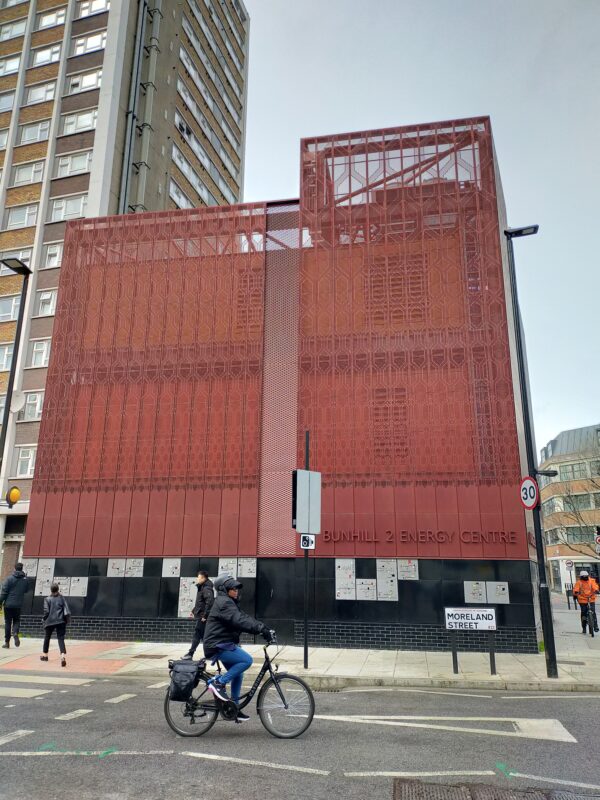Solution provider

Ramboll is a leading international architecture, engineering, and consultancy company, owned by the Ramboll Foundation.
Case
District energy
District heating


Ramboll is a leading international architecture, engineering, and consultancy company, owned by the Ramboll Foundation.
Add the case to your visit request and let us know that you are interested in visiting Denmark
Energy security and fuel poverty have long been palpable issues in London. These challenges have increased the strategic focus on heat planning in the city, wherein expansion of district energy and heat networks play a central role. Additionally, London, like many other cities, houses an often-unrealised potential energy source in the form of waste heat from cooling systems and industry. It is imperative that such sources are not left untapped in the efforts towards a more sustainable and resilient energy system.
In London, one such source is the London Underground. The operation of the underground produces a large quantity of excess heat from braking and passengers. To effectively leverage this surplus heat, the pioneering Bunhill 2 Energy Centre in the north London borough of Islington started construction in 2016
The Centre, located on top of an old and unused tube station, employs heat pump technology to extract warm air from the metro tunnels below through a large underground fan. The warm air is used to heat water, which is then pumped to buildings in the surrounding neighbourhoods. In addition to providing cheaper, greener heating, the Centre’s combined heat and power technology also enables it to produce low carbon electricity, which powers communal lighting and the lifts of an adjacent tower. Additionally, the two-meter fan, installed to extract warm air, can also be reversed to help provide clean air and cool the Tube tunnels in the summer months.
Bunhill 2 Energy Centre has allowed an additional 550 homes and a school to be connected to the existing Bunhill Heat and Power district heating network. The network already provided lower carbon heat every day of the year to two local leisure centres and more than 800 homes, but the energy centre gives the system the potential to supply up to 2,200 homes. Bunhill pipes are sized to be larger than current needs so that they have additional capacity and can carry more heat as the network expands.
Plans to expand and increase the sustainability of the Bunhill Heat and Power district heating network are currently underway. A new district energy project utilising waste heat from a local data centre is in the works to connect to Bunhill. This extension could potentially serve up to 860 residential and several commercial buildings across the borough and provides resilience for the existing energy centres. Thus, this connection will help fulfil Bunhill’s aspirations to be a fully resilient network and remove back-up boilers and contribute significantly to the local authorities’ work to tackle fuel poverty and affordable warmth across the borough.